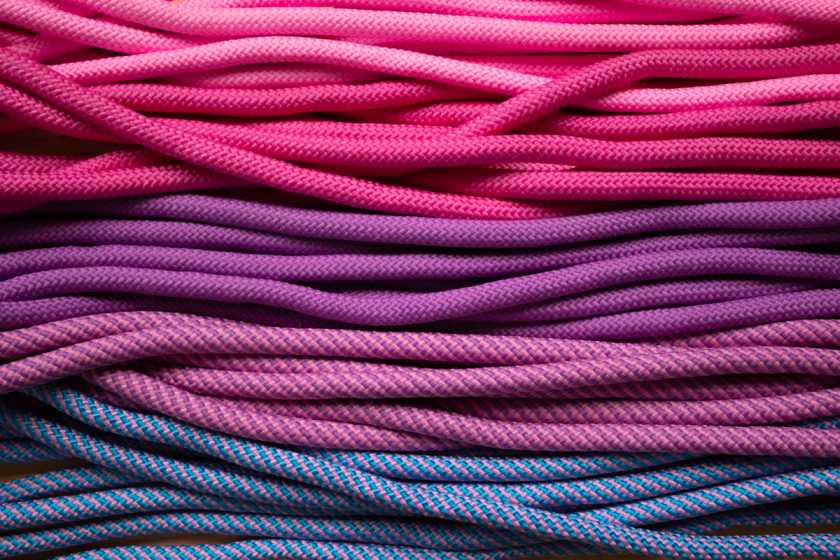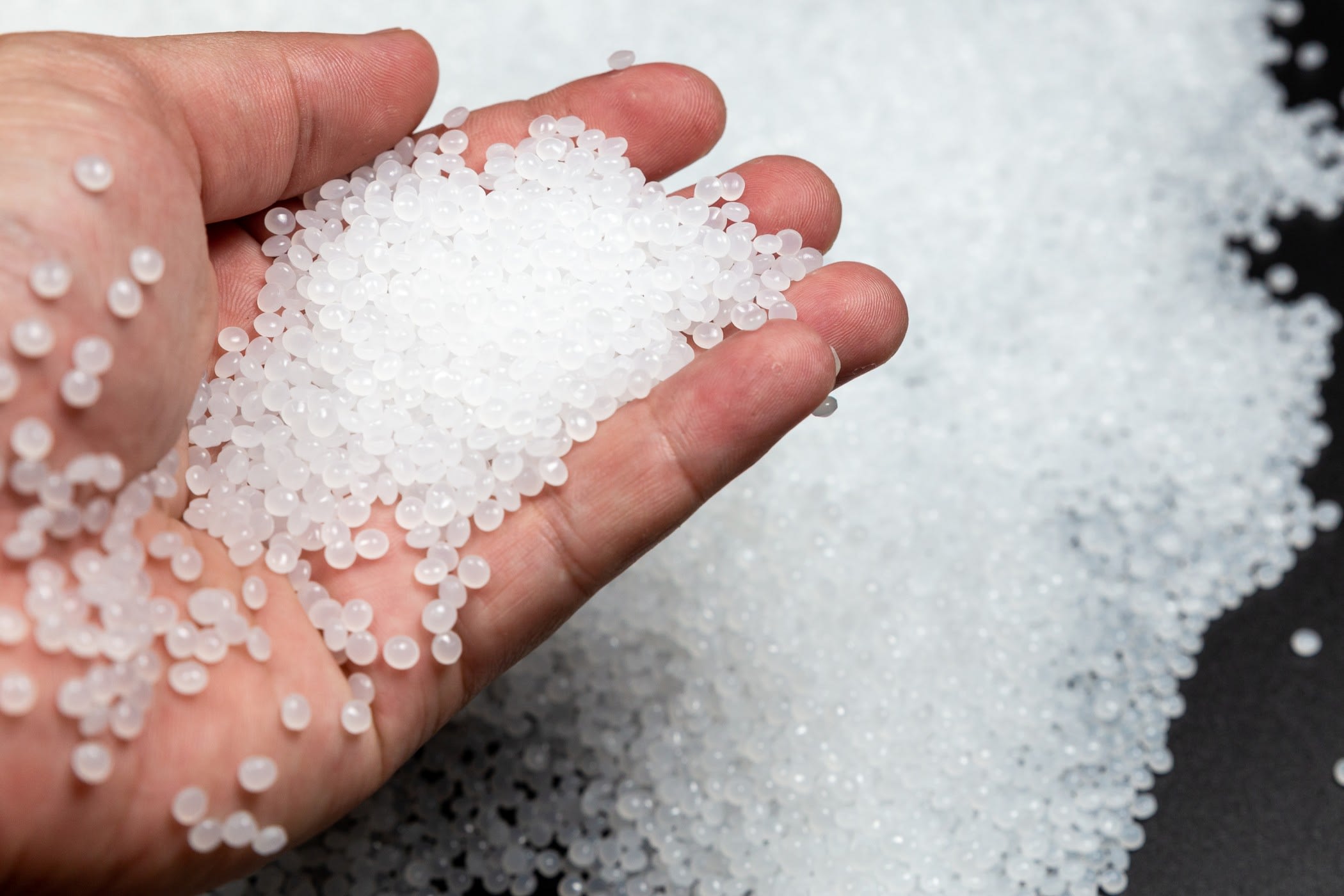A Brief Guide on Nylon: Here’s What Brands & Manufacturers Should Know



| Fabric name | Nylon |
| Fabric also known as | Polymer fabric |
| Fabric breathability | Low |
| Stretchability | High |
| Major exporters | China, India and Pakistan |
| Fabric uses | Tights, stockings, sportswear, yoga pants, and other form-fitting types of apparel |
Origins
Nylon is an entirely synthetic polymer based fiber. Its origin dates to the 1920s when it was first developed by the DuPont corporation. At the time, DuPont marketed nylon primarily for textile use. Nylon became popular, especially towards the end of World War II. But its peak popularity was short-lived. Nylon is a hygroscopic substance (i.e., it is water absorbent) and has moderate durability. DuPont responded to market expectations by mixing nylon with other fabrics. This made nylon more suitable for consumer use.
Nylon is still one the most common synthetic textiles produced. Brands should however note that nylon’s popularity has declined in the last few decades. Factors behind this decline include the availability of better market alternatives as well as nylon’s negative environmental impact.
Production
Nylon is made from synthetic polymers which are derived from crude oil. The steps are as follows:
- Diamine acid is extracted from crude oil.
- Diamine acid is mixed with adipic acid through a process called combing. The resulting crystallized product is called nylon salt.
- Nylon salt is extruded through a metal spinneret.
- The extruded product is then loaded onto a spool called bobbin.
- The fibers produced are stretched to increase their strength and elasticity.
- The stretched fibers are again drawn over another spool.
- The resulting product is then spun into garments.
- The garments are dyed into the desired color.
Uses

Nylon was once a popular material of choice for making womens’ clothes. This was especially the case with stockings and other form fitting suits. Nylon remains a fashion staple today. It is commonly used in tights, stockings, sportswear, yoga pants, and other form-fitting types of apparel. Nylon is often blended with other substances to improve its durability and quality.
Nylon is ideal for industrial use as it’s cheap to produce and lasts long. Nylon is a common material in machine parts. It is also commonly used in electronics because of its excellent non-conductivity and heat resistance.
Major Producers
Most nylon production takes place in Asian countries. The largest exporter of nylon is China. India and Pakistan are also major exporters. The USA also contributes moderately to global nylon production. In South America, Brazil is emerging as a major exporter of nylon fiber.
Types
Nylon and its various types are very similar. In terms of chemical structure, nylon types may differ from each other in some polymers. The various types of nylon are:
| Type | Description |
| Nylon 6,6 | This polymer was one of the first fully synthetic fabrics. |
| Nylon 6 | This polymer is less popular than nylon 6,6. It is sometimes used to make nylon fabrics. |
| Nylon 46 | This polymer type is solely produced by the DSM corporation. It is marketed under the name Stanyl. Nylon 46 is known for its resistance to inhospitable environments. As such, it is commonly found in engine components such as transmissions, brakes, and air cooling systems. |
| Nylon 510 | Nylon 510 was also originally developed by DuPont. It was marketed as an alternative to nylon 6,6. Unfortunately, nylon 510 racks up huge production costs. It is now primarily used in industrial and scientific applications. |
| Nylon 1,6 | This polymer is not commonly used in fabrics. |
Environmental Impact
Nylon is a synthetic fiber and it is manufactured using petroleum products. Petroleum is not a sustainable resource. Any fabric (including nylon) that requires petroleum for manufacture has a negative impact. In particular, drilling, fracking and other methods of petroleum harvesting are detrimental to the environment.
The manufacture of nylon consumes much energy and is not energy efficient. Furthermore, huge quantities of water are used to cool down the heated nylon produced. Nylon manufacture produces traces of polymer and nitrous oxide. Nitrous oxide is toxic to the environment. Polymer traces enter water bodies and are harmful to aquatic life.

Nylon, being a synthetic fiber, is non-biodegradable. It contaminates the soil, thereby impacting local food chains. The micro fibers in nylon can also enter and pollute the hydrosphere.
Despite these negatives, nylon is a valuable and versatile fabric. It can be used by brands and manufacturers in a sustainable manner. To do so, companies should invest more in nylon research and technology. There is hope that nylon production and use can become more sustainable. This will ensure less negative impact on the environment.



















